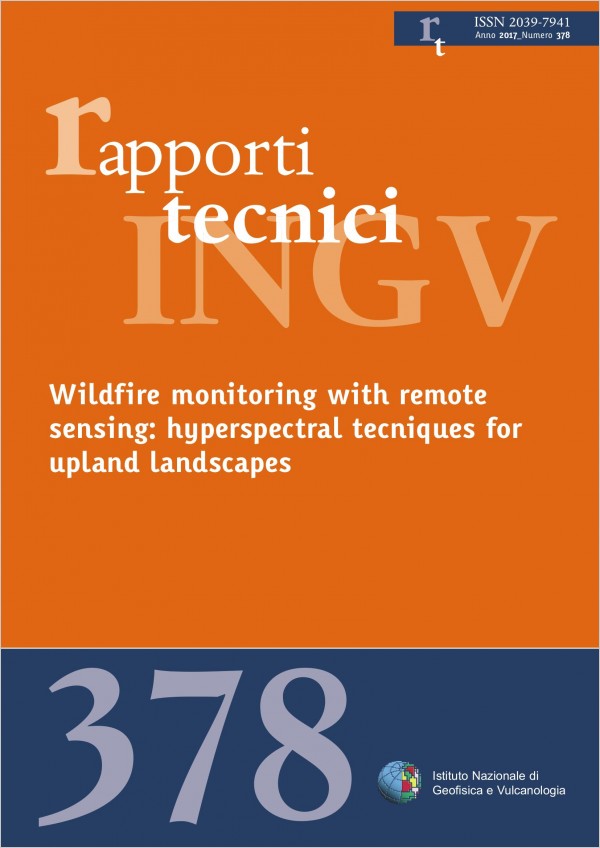Biomass burning affects the land and atmosphere through the combustion of vegetation and organic soils and transfers large amounts of chemical constituents directly into the troposphere. Understanding the impact of global biomass burning on the terrestrial biosphere, atmosphere, and the impact over time are major scientific questions [Wooster et al., 2013]. At the local scale, fires are a major security hazard in numerous countries around the world, adversely affecting vegetated resources and human communities. In Europe, Mediterranean countries are the most affected by vegetation fires, with an average of almost 50,000 fires between 1980 and 2008 and an estimated total cost around 1% of Domestic Product [Santin and Doerr, 2016] including the cost of firefighting organizations, fire insurance administration, and protection to buildings [Sobrino et al., 2013]. Italy is one of the Mediterranean countries which every year is dramatically affected by forest fire. In the period January-August 2014, 2,653 forest fires were registered, affecting 8,729 hectares [JRC, 2012] (Figure 1). Scientific and government communities are actively involved in prevention, crisis management and post fire recovery by using different kind of tools. For example, specialised airborne (Canadair) for retardant release are used for fire suppression, whilst satellite remote sensing at coarse resolution (e.g. MODIS) are used for detection and monitoring on large scale. [http://effis.jrc.ec.europa.eu/applications/fire-news].
Published: 2021-09-28

